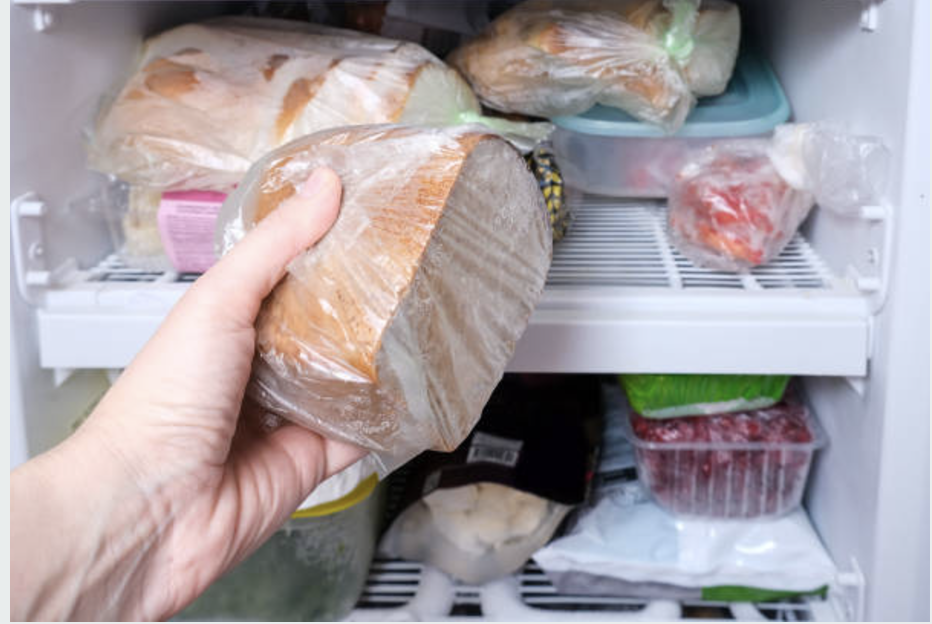Freezing bread without plastic is a great way to reduce waste while keeping your bread fresh. Here are some zero-waste alternatives for storing bread in the freezer:
1. Use a Reusable Bread Bag
- Material: Cloth bread bags made of cotton, linen, or hemp are breathable and protect bread in the freezer.
- How to Use: Place the loaf or sliced bread in the bag, then freeze. For extra protection, wrap the bread in a clean tea towel before placing it in the bag.
- Eco Benefits: Washable, reusable, and compostable at the end of their life.
2. Beeswax Wrap
- How It Works: Beeswax wraps mold around bread to create an airtight seal.
- How to Use: Wrap the loaf or individual slices tightly with a beeswax wrap, ensuring there are no exposed areas.
- Eco Benefits: Made from natural materials and reusable for up to a year.
3. Silicone Food Bags
- How It Works: Silicone bags are airtight and reusable, making them perfect for freezing bread slices or small loaves.
- How to Use: Slide the bread into the silicone bag, squeeze out excess air, and freeze.
- Eco Benefits: Durable, long-lasting, and reduces single-use plastics.
4. Glass Containers
- How It Works: Airtight glass containers can be used to store bread in the freezer.
- How to Use: Place bread slices or chunks in a large glass container with a lid. For whole loaves, slice them first for easier storage.
- Eco Benefits: Reusable, recyclable, and free from plastic.
5. Parchment Paper
- How It Works: Unbleached, compostable parchment paper can be used to wrap bread before freezing.
- How to Use: Wrap the bread in parchment paper and secure it with string or a reusable rubber band. For added protection, store the wrapped bread in a cloth bag.
- Eco Benefits: Compostable and a better single-use option than plastic.
6. Stainless Steel Containers
- How It Works: Airtight stainless steel tins or containers can protect bread from freezer burn.
- How to Use: Store bread or slices inside the container, ensuring the lid is sealed tightly.
- Eco Benefits: Durable, reusable, and zero waste.
Tips for Freezing Bread Without Plastic
- Slice Before Freezing: Sliced bread is easier to thaw and can be taken out one slice at a time.
- Double Layer for Protection: Use two eco-friendly options together, like a beeswax wrap inside a cloth bag, to prevent freezer burn.
- Thawing: Let bread thaw at room temperature or heat slices directly in the toaster or oven.
- Labeling: Use a chalk pen or a small reusable tag to note the freezing date for easy tracking.
By choosing these methods, you’ll keep your bread fresh while staying committed to a zero-waste lifestyle!
4o

